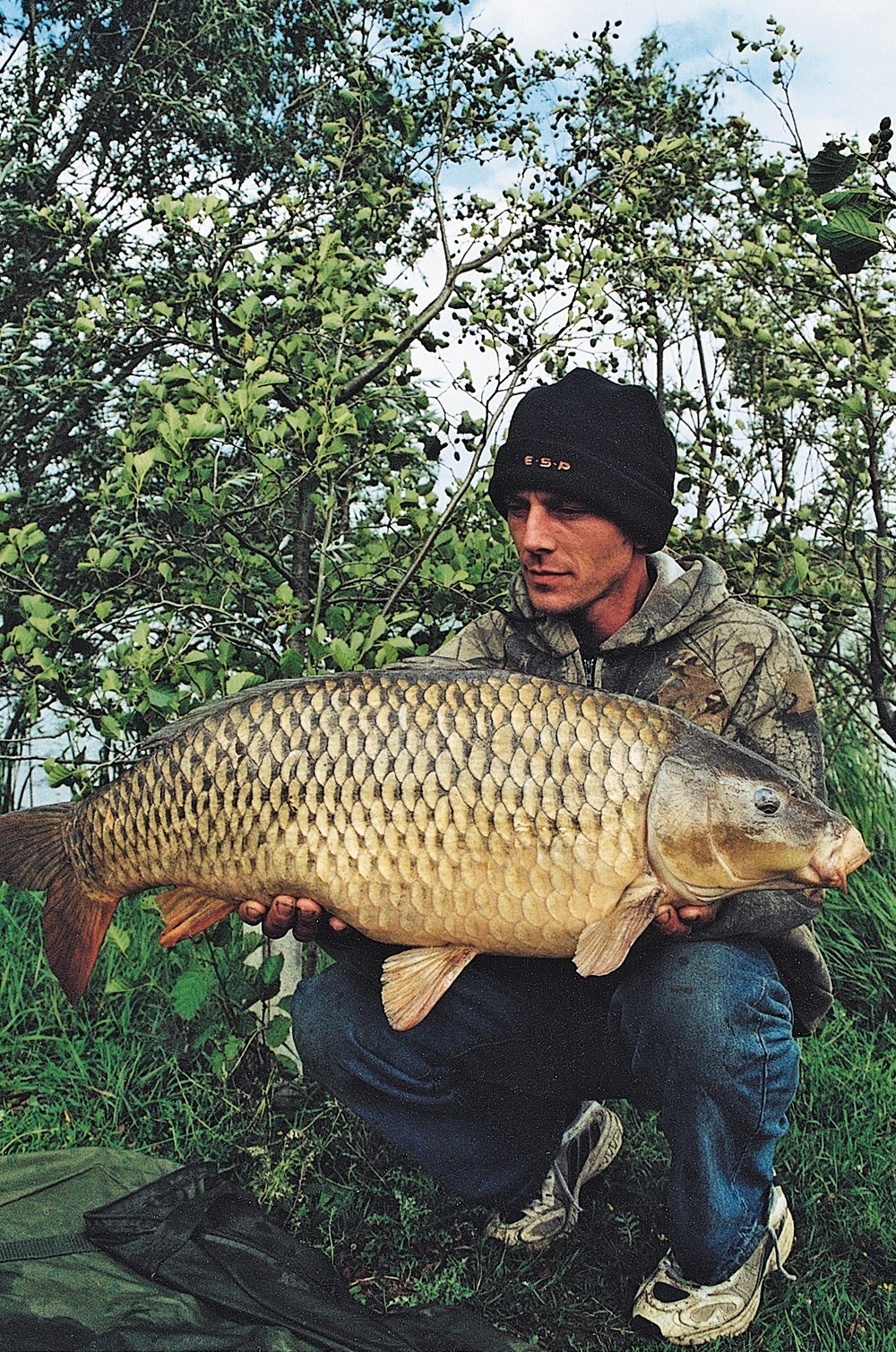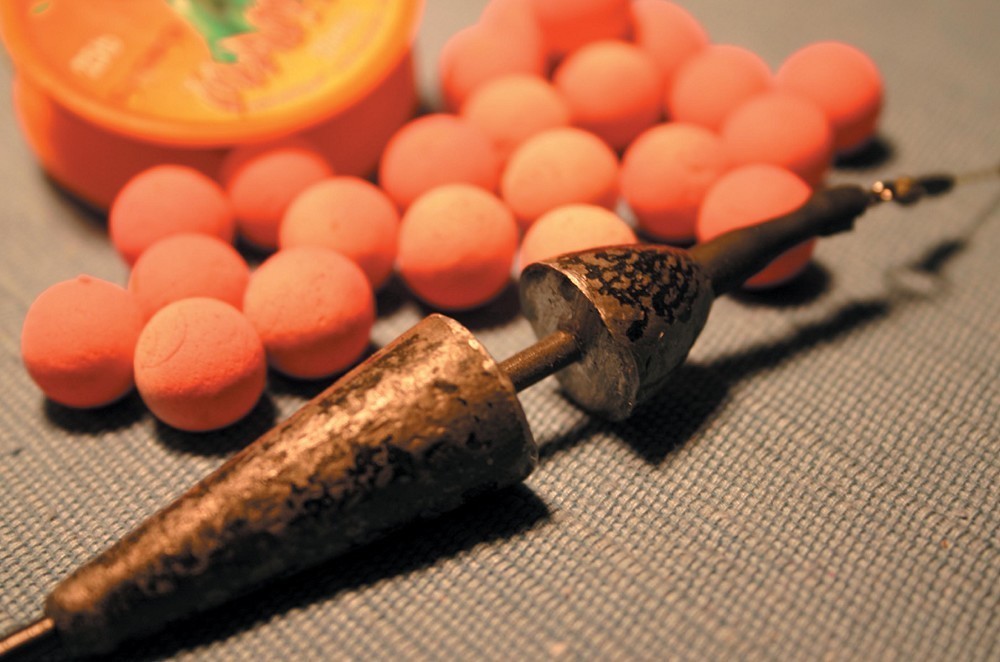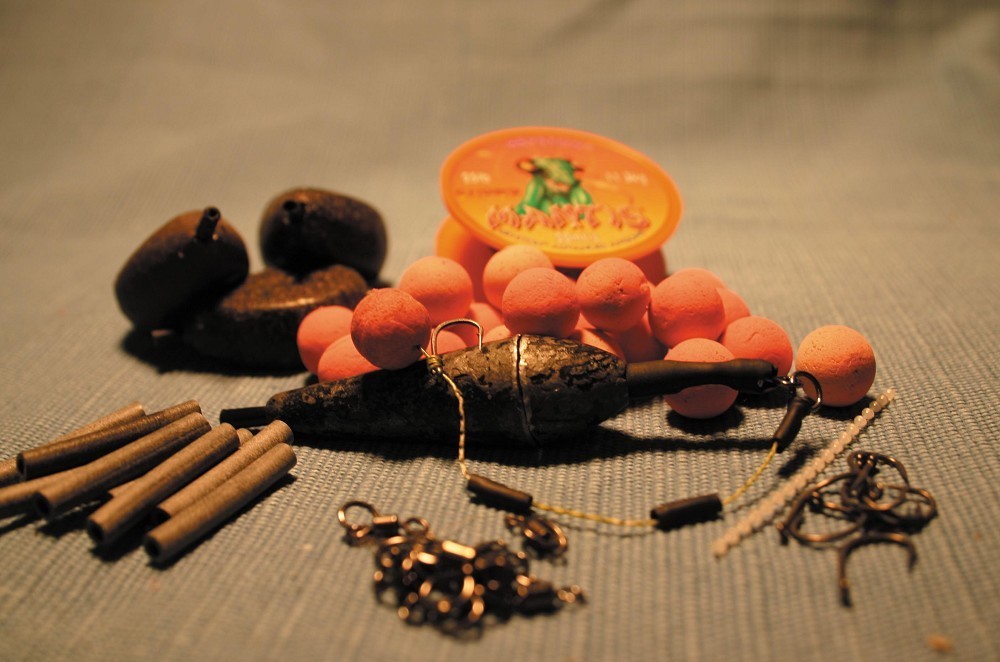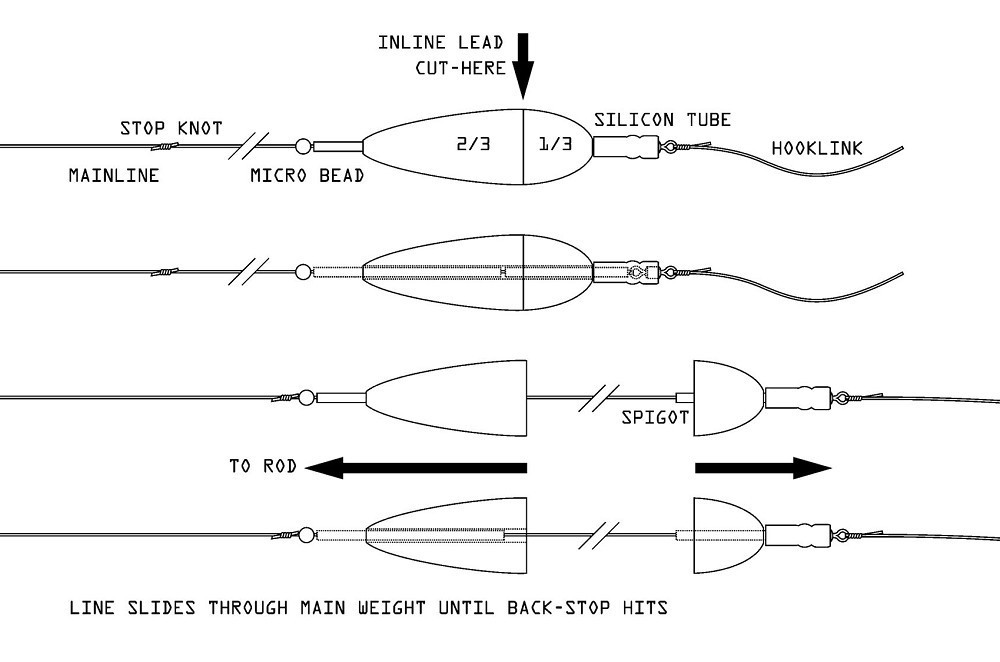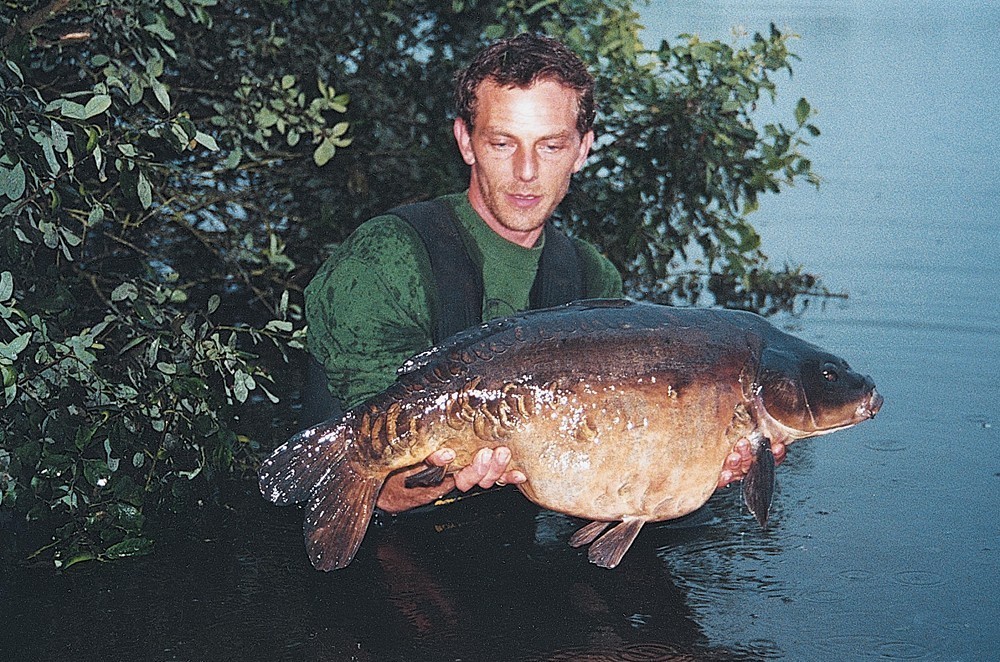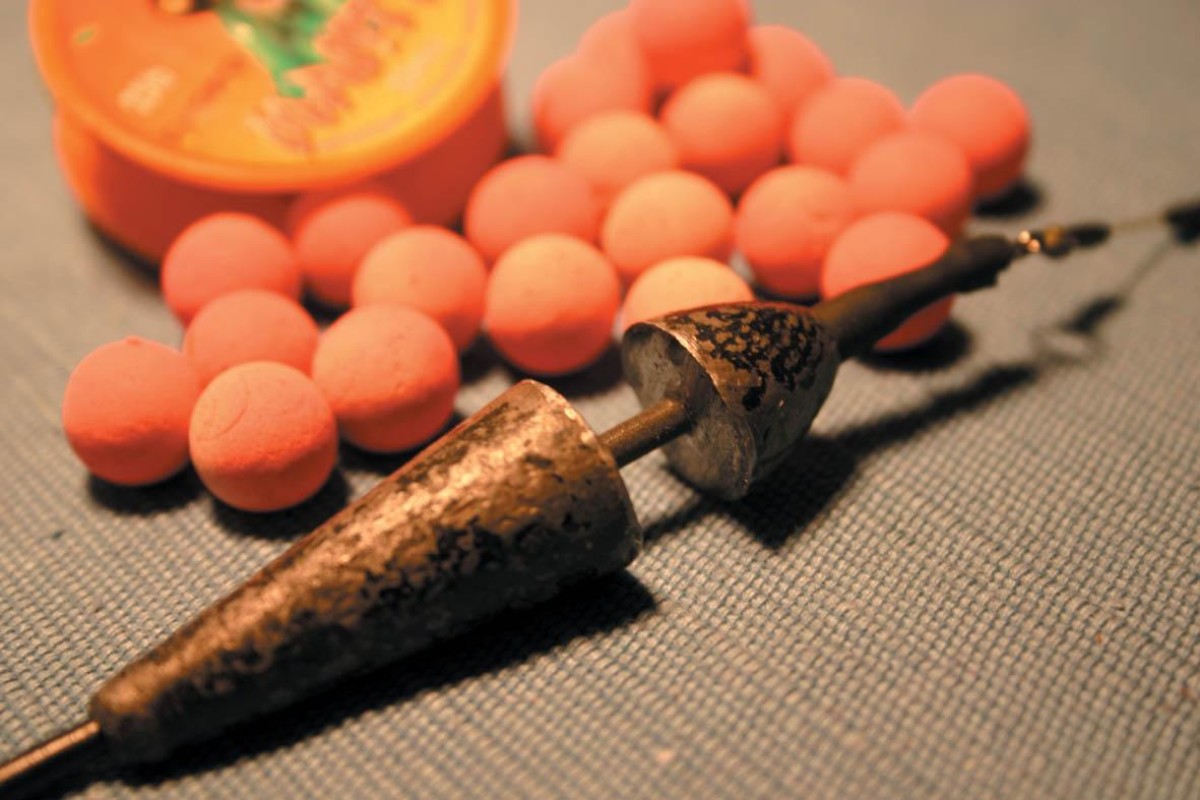
Relive Issue 1! The Running/Fixed Lead Set-Up
CARPology At 200! Relive Issue 1, with this at-the-time groundbreaking rig article from Danny Smith...
Here we turn back to the writers who helped start CARPology. This article featured in the first ever issue of CARPology. When this was first published it was a very unique article and different to most of the literature being put out into the public domain. Here is the first part to Danny Smith’s legendary Nailed series.
The Running/Fixed Lead Set-Up
It’s a well-known fact that the carp we fish for, whether it be on day ticket or syndicate waters, get away with the traps we set for them on a regular basis. Even carp that have never been caught before instinctively act in a way that helps them avoid capture. The rig may have done its job and the carp’s hooked, but this doesn’t mean we’re going to know about it. The odd bleep or rod nod may be all you receive as the carp releases itself. It’s always a process of elimination when bites are rare but activity at the buzzer end suggests otherwise.
In this situation all aspects of the business end need reviewing. A rig consists of more than just a hooklength, swivel and hook. The lead is a major part of it and for this reason needs as much thought as the other components and is normally the first thing I would look at.
Most of my carp fishing involves the use of a semi-fixed lead of some form or another as I believe it gives me a hook-hold that’s far superior in most angling situations, than say a running lead. Its main advantage is that you’ve basically given the crafty carp something to use to their advantage when ridding the hook.
In the case of semi-fixed leads, the bleeps and knocks occur as the carp shakes its head and body in the same way as a pike would when it gets a mouthful of large trebles from a lure. The pike opens its mouth and uses the weight of the lure to throw the hooks. As for a carp, they suck in the hookbait and prick themselves when moving off against the lead. How deep the hook penetrates depends on a number of factors, but when the carp are being moody and not feeding hard, the hook is never going to be nailed in. As the carp shakes, scrapes, sucks and blows, it lifts the lead and if you are lucky you may get a few signs, but no run, just a thrown rig.
Another problem with semi-fixed set-ups is the amount the lead moves. I mean leads that are in a different position to the one they were originally placed in. This isn’t because of tow or water chickens, but because you’ve had a bite, but not had a clue on the indications. This occurs when the carp moves off slowly with the lead still in a fixed position on the same tension thus being able to move left or right with no detection. They then bump the rig into a different position to where it originally was.
All this could be sorted with a few alterations, namely changing from a semi-fixed lead to a running lead. Even more effective is the addition of a backstop to form a bolt rig, with this set back up the main line everywhere between one foot and ten feet. Of course for extra sensitivity use a braided main line.
All the lead set-ups have their own individual qualities and benefits for us carp boys: semi-fixed leads for better hooking; running leads for better bite registration and bolt rigs for bite registration and hooking. However, what if the carp felt that there was something wrong with running leads, as they often do? Too much rope and they may not hang themselves and rid the hook before the lead ever hits the backstop. The feedback would be short-lived and too quick for a strike to be made before ejection.
So what can be done in this kind of situation? Effectively what we’re after in our arrangement is a lead that would give maximum bite registration after the carp has picked up the baited hook with the effect of a semi-fixed lead in putting and keeping the hook home long enough for us to act. In theory we ultimately need the functions of all three lead set-ups in one.
With the lead set-up I use there’s a bonus in that the carp thinks it’s dealing with a light, semi-fixed lead and proceeds to use every trick in the book to rid the hook, but I’ve got the benefits of a running lead bite registration, so even if a full run doesn’t occur, I’ll still have time to pull the hook home manually.
The in-line lead set-up I use when dealing with camera-shy carp is simple to make and use. It’s just a matter of cutting an in-line lead about a third of the way along the fat end. For example, if you had a three-ounce lead, you’d be cutting off an ounce. This is easily done with a junior hacksaw, but just remember when cutting that the neater the cut, the better aerodynamics you’ll achieve.
Once the lead’s cut, insert a piece of stiff rig tube into each piece. With the small end of the lead, ensure the tubing sticks out enough so that a small piece of silicone tube can be added, to which the swivel of the hooklink is pulled into. As for the bigger piece of lead, drill out enough of the central bore so that the tubing from the other piece slides in and out with ease. However, don’t drill out the lead to the top, as the other piece of stiff tubing needs to come out of the top of the lead snugly for anti-tangle reasons. Simply add a backstop up the line and there it is.
You’re taking the doubt out when the rod nods and bleeps.



